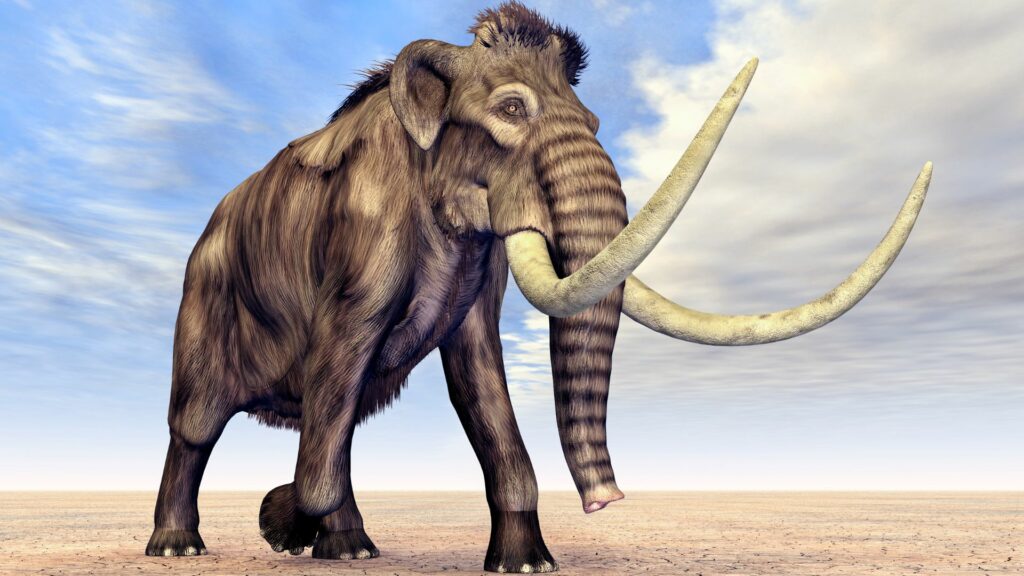A Belgian startup has pulled off the (almost) impossible by creating an imitation woolly mammoth meat – the massive mammals that went extinct roughly 4,000 years ago.
On a mission to cut humans' meat consumption and end factory farming, the 15-strong team at Paleo employed a process called precision fermentation (as used to make beer and yoghurt) to create six myoglobins – proteins found in the cardiac and skeletal muscle tissue of vertebrates. These can be used to make highly effective substitute versions of fish or meat.
"We make animal proteins that are identical to those found in meat and fish, but we have them made from yeast," Paleo co-founder and former Flemish Parliament Green MP Hermes Sanctorum told De Tijd. "Our six proteins can be added to vegetable meat substitutes to create a product that is close to meat in terms of taste, smell, texture and nutritional value."
The six myoglobins created thus far make effective substitutes for beef, chicken, pork, lamb, and tuna. The eyebrow formula for mammoth was made in collaboration with the Centre for Paleogenetics in Stockholm using the genetic code extracted from a one million-year-old mammoth tooth.
"I definitely wanted to be the first to taste a mammoth protein, thousands of years after the animals went extinct," Sanctorum said. "In terms of taste and aroma, it is much stronger (than other meats) which makes it interesting for the food industry... With a smaller amount we achieve the same taste effect."
Scaling up
Paleo now aims to scale up the project. After being given €2 million in seed money at the end of 2021, Paleo received an additional €12 million funding this year. Investors hope that the products can soon be produced on an industrial scale.
"We hope to be on supermarket shelves by the end of next year," said Sanctorum. "We see a lot of interest and can't keep up with sending samples to potential customers. This fundraising will therefore also be used to make larger batches so that we can work with the largest players in the food industry."
Related News
- Meat consumption lowest in Brussels, new study shows
- Animal welfare in EU’s pork sector: What’s wrong?
But some are sceptical as to whether Paleo's method of fermentation can truly recreate the texture, taste, and smell of meat — at least within the foreseeable future.
"With fermentation you can create texture, generate taste and produce nutrients," Catrienus de Jong, a senior scientist in flavour technology at Wageningen University, told De Tijd. "It is very difficult to completely replace meat. It has a certain juiciness and structure; the taste should also not just disappear when you swallow. We now sometimes come close for minced meat, but for steak it is much more difficult."

